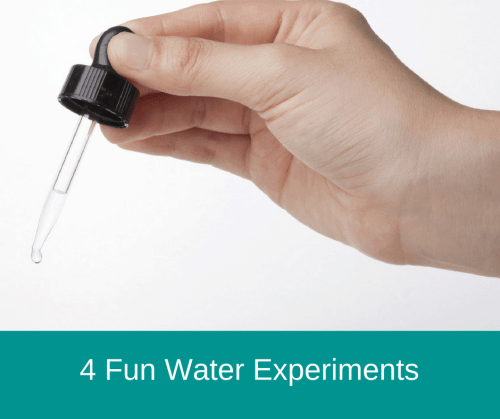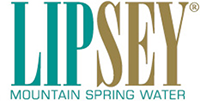
Anyone who spends time around children will agree that they’re full of a natural sense of curiosity. They’re love to ask questions and explore the world around them. You can easily nurture their curious minds with items that are already in your home.
Water science blends their love of play with their love of learning. With a few household objects and Atlanta bottled water delivery, you’re all set to laugh and learn together. Try these four fun water experiments in the comfort of your own home.
1. Ocean Wave Bottle
This is a simple experiment that even younger children can enjoy. All you need is a sealable jar or container, mineral oil, and water. Add the water and mineral oil to the jar in even ratios, seal, and turn it sideways. Now your kids can gently move it back and forth, creating waves.
You can add shells or small ocean-themed toys for extra visual appeal. For a lesson on density, have your child shake the jar, blending the two liquids. Ask them what they think will happen, and discuss density as the oil and water naturally separate.
2. Water Cycle Bottle
A water cycle bottle helps children understand just how important this natural process is to our planet. You’ll need water, a plastic bottle, blue food coloring, and sharpies for this experiment.
Use sharpies to decorate the outside of the bottle by drawing land, water, sun, and clouds. Add a few drops of blue food coloring to about a ¼ cup of water. Pour the water into the bottle, and place it by a sunny window.
The sun will heat the container, causing evaporation. It will rise to the top of the bottle, cool, and create condensation. Over time, the liquid will return down to the bottom of the bottle, representing precipitation.
3. Fun with Temperature and Density
This is a great weekend or two-day experiment. Start by filling a glass half-full of cold water, and add salt. Stir until it’s as closed to dissolved as you can get it. Add blue food coloring to the glass, and put it in the fridge to chill overnight.
The next day, in a separate container, mix yellow food coloring into hot, unsalted water. Grab your chilled glass out of the fridge and tilt it sideways. Slowly pour the hot, yellow water into the cooled glass and watch what happens.
Hot, fresh water has less density than cold, salty water. Because of that, the two solutions won’t mix!
4. Surface Tension Water Drops
This fun experiment only needs a medicine dropper, water, and a very small, flat surface. You can use pennies, a bottle cap, or any smooth, flat surface.
Have the children guess how many drops of water it will take to cover the surface. Use the dropper to place drops of water on the surface, one drop at a time. The answer is sure to surprise them!
Serve Your Family Better Water
When you have Lipsey Mountain Spring Water delivered to your Atlanta home, you give your family the benefit of delicious and ecofriendly glass-bottled water. Experience the Lipsey difference for yourself with a free, two-week trial. Contact us at 770-449-0001 to get started with your free, two-week trial.
